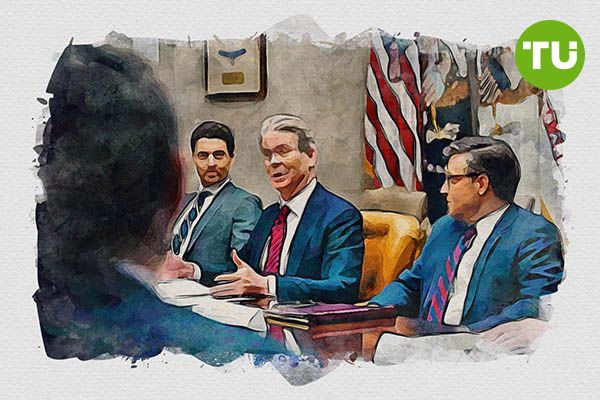U.S. Treasury Secretary prepares to expand national Bitcoin reserve
 Scott Bessent
Scott Bessent
U.S. Treasury Secretary Scott Bessent has outlined the strategy for expanding the U.S. Bitcoin Reserve. The first step will be halting the sale of confiscated BTC, after which authorities will proceed with new acquisitions of the asset.
In an interview with CNBC, Bessent explained that the current Bitcoin reserve has been formed from seized assets. According to him, approximately $500 million in BTC was previously confiscated, and half of it has already been sold. Now, the government aims to reverse this process.
"Before accumulating Bitcoin, we need to stop selling it. Then we will determine the next steps for new acquisitions for the reserve," he emphasized.
While Bitcoin remains the primary focus in the initial phase, Bessent noted that the initiative has a broader scope.
"We are starting with Bitcoin, but this will be a general cryptocurrency reserve," he concluded.
What is a national BTC reserve?
A national Bitcoin reserve is a strategic stockpile of Bitcoin managed by a government, similar to gold and foreign currency reserves. It can be used to enhance financial stability, diversify state assets, and protect the economy from inflation risks. Establishing such a reserve may also boost institutional acceptance of cryptocurrencies and reinforce their legitimacy at the state level.
Incorporating Bitcoin into national reserves allows governments to adapt to the growing role of digital assets in the global economy. However, such an initiative requires clear regulatory policies, transparent storage mechanisms, and safeguards against market volatility. Some countries, like El Salvador, have already started building Bitcoin reserves, while others, such as China and Japan, have so far refrained from taking similar steps.
Previously, Coinbase CEO Brian Armstrong praised Donald Trump’s administration for its decision to create a U.S. Strategic Bitcoin Reserve, emphasizing its importance for the crypto industry.













































































































































